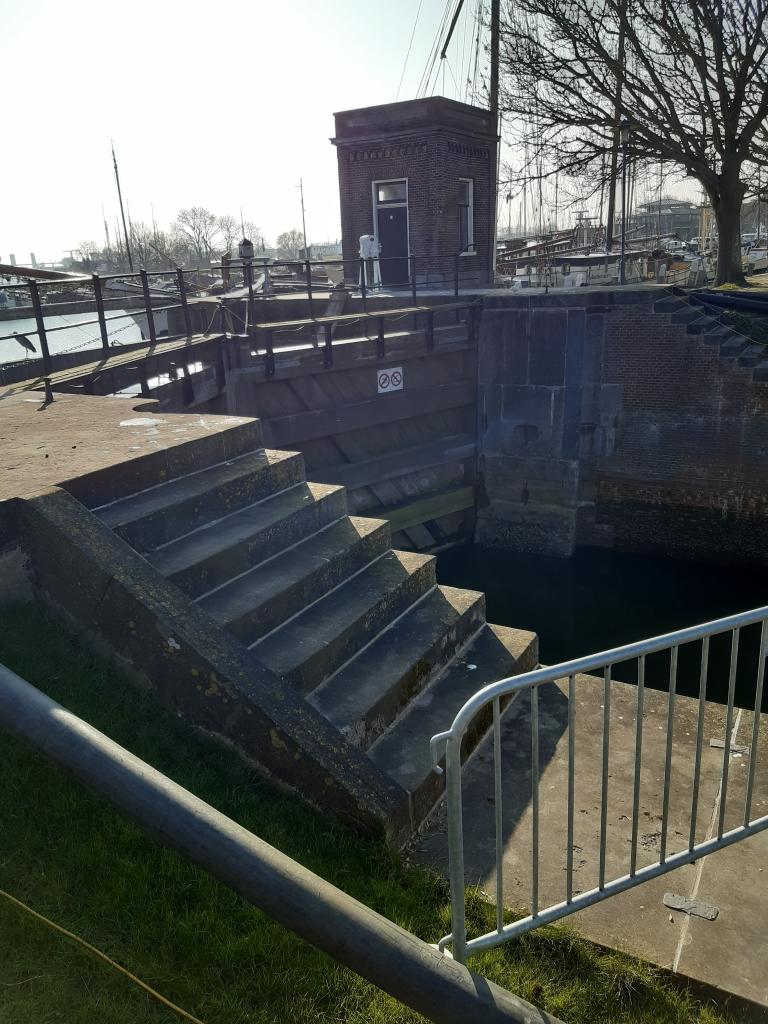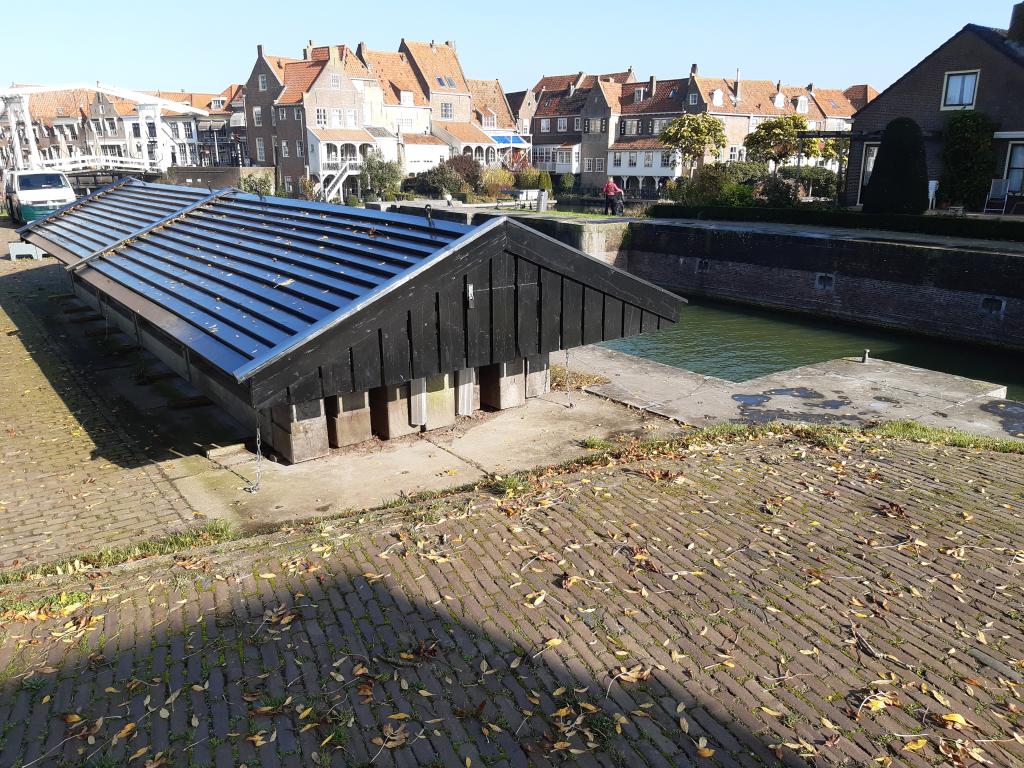Sassluis Enkhuizen
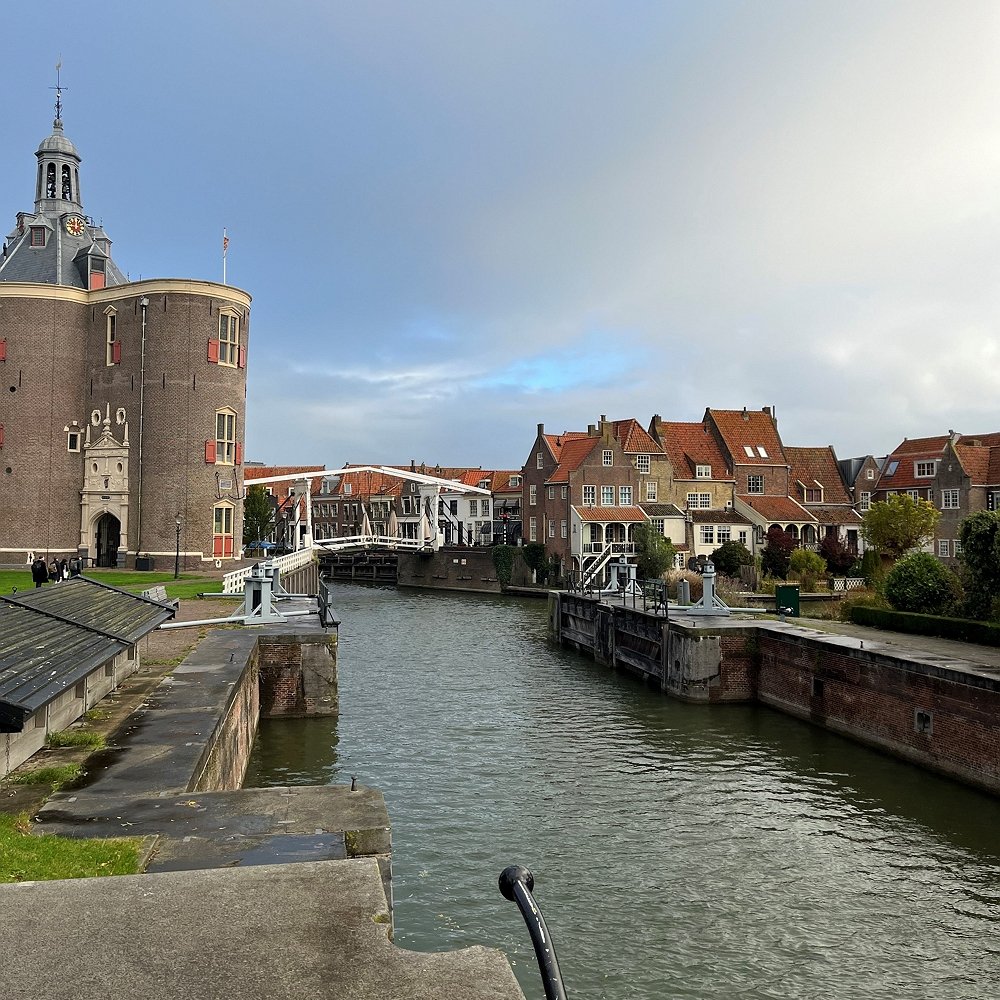
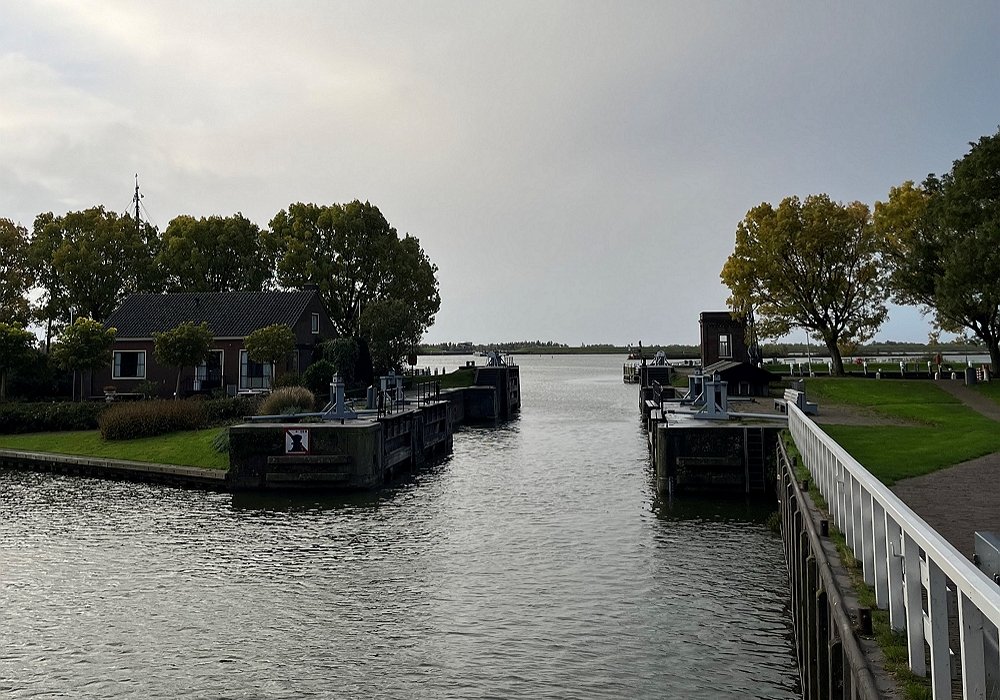
The monumental lock was built in 1827. This sealed off the town from the former Zuiderzee. To better protect the town of Enkhuizen, two new sets of lock gates were installed on the north side in January 2022.
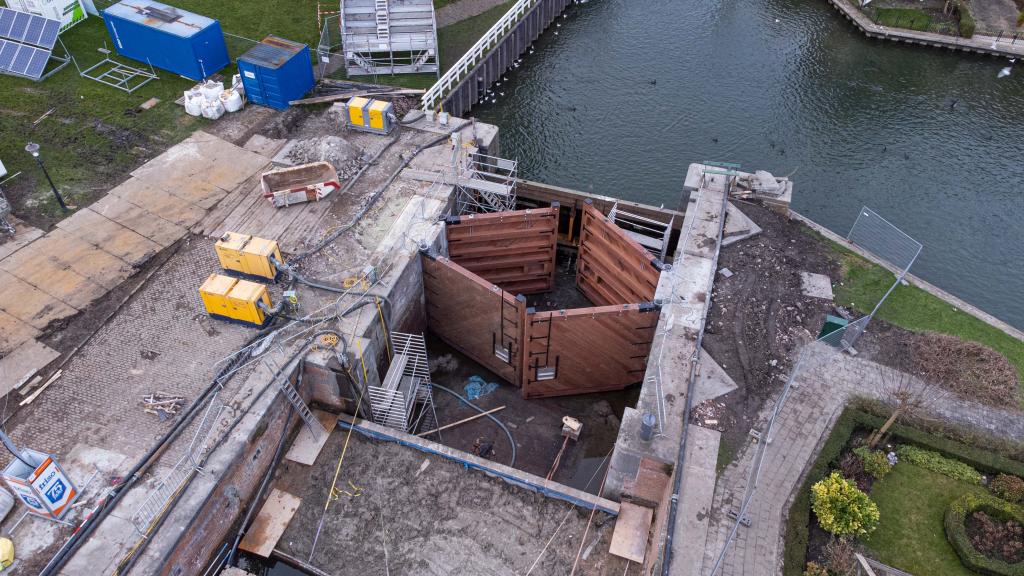
Port city Enkhuizen
In the 17th century, Enkhuizen was one of the most prosperous cities in the Netherlands. The town was the largest herring city in the area. The entire tube fleet of the Noorderkwartier departed from Enkhuizen and landed the catch there. There was also a regional branch of the United East India Company (VOC) based in the town.
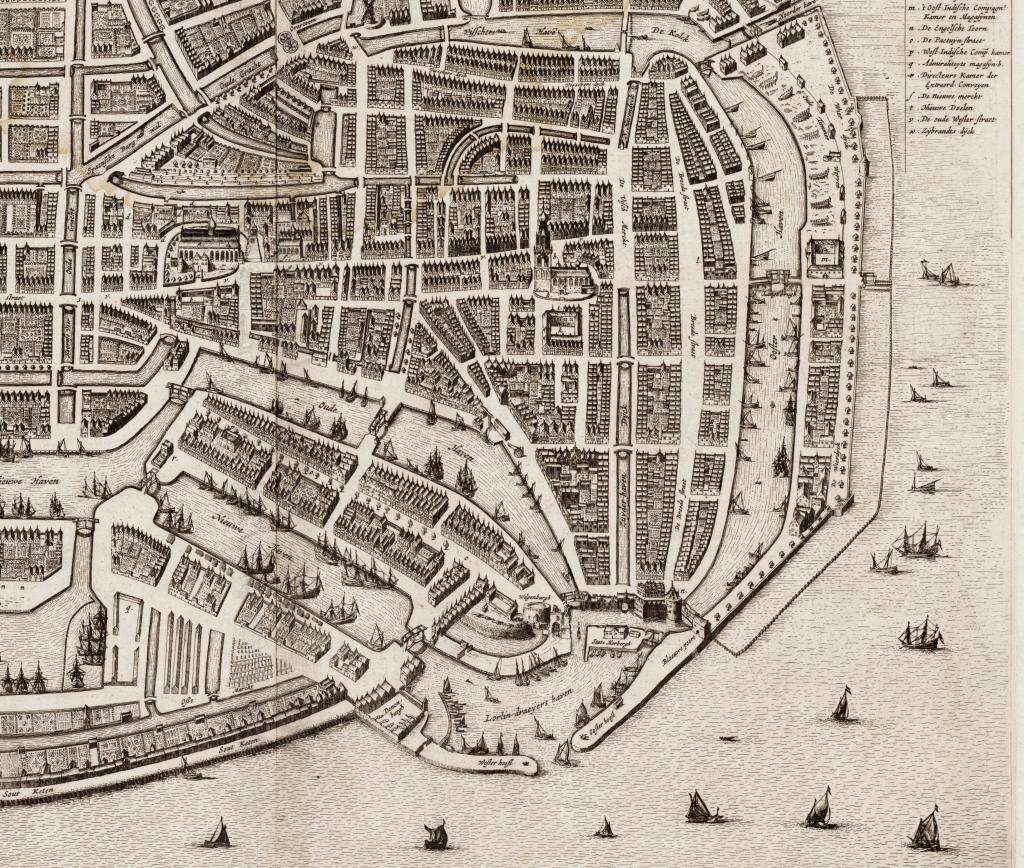
Enkhuizen did not have a lock until the construction of the Sassluis. The water from the Zuiderzee could therefore flow freely in and out of the city. Between 1817 and 1819 the first plans were made for the construction of a sea lock, but these were not immediately implemented.
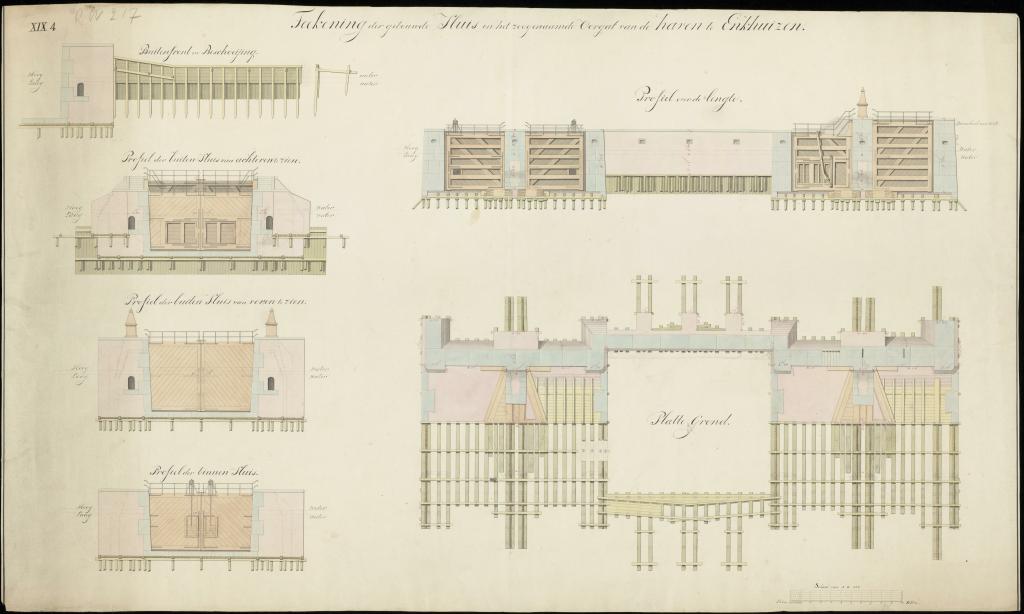
On February 4, 1825, Enkhuizen threatened to be flooded during a storm surge in the Zuiderzee. Because Enkhuizen citizens raised the quays and the wind subsided after noon, the town was spared this disaster. Because of this storm, a new lock appeared to be urgently needed for the city's water safety. The Sassluis was built in 1827 to the design and supervision of the Department of Public Works, but then came under the management and ownership of the Municipality of Enkhuizen. In 1995, the lock was transferred to the then Hoogheemraadschap van Uitwaterende Sluizen.
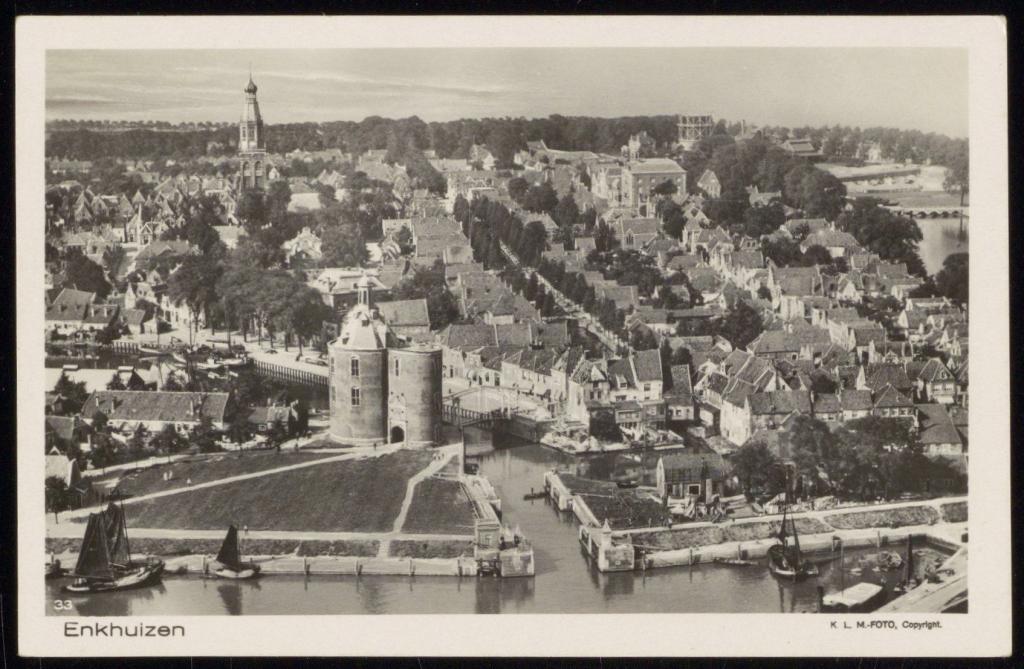
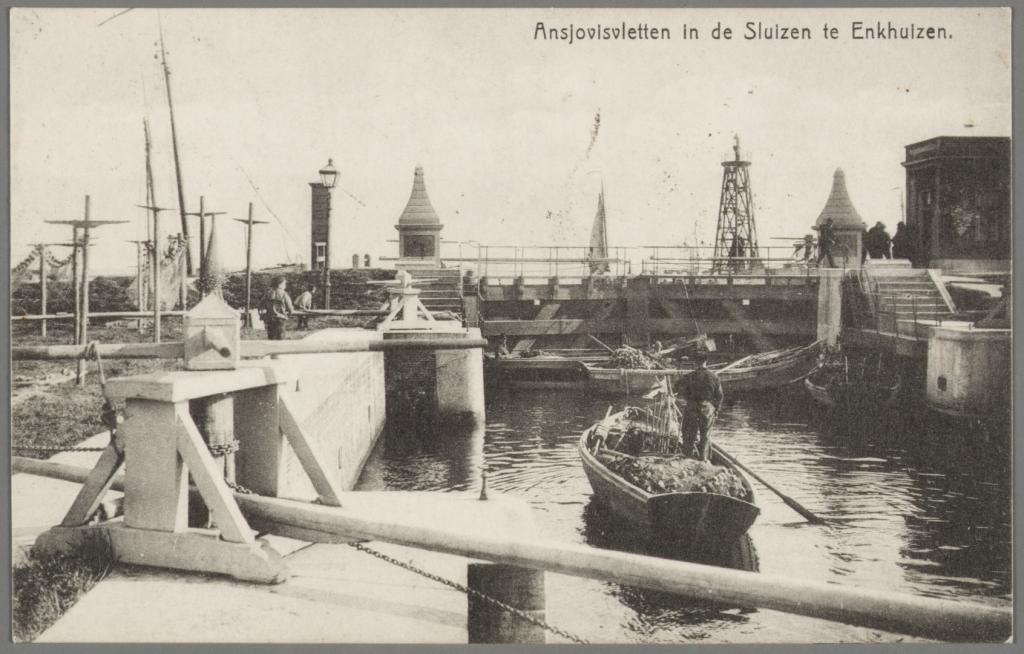
Lock
The Sassluis is a lock and protects the low-lying inner harbor (the Oude Haven) and the surrounding area of Enkhuizen from high water on the IJsselmeer. The original design of the lock consisted of a lock chamber with two sets of doors on each side. With the help of the lock, ships could bridge the difference in water level between the inner and outer water. Before the start of restoration in 2021-2022, only the high flood doors on the outside were still in place. The remaining three sets of doors had been removed.
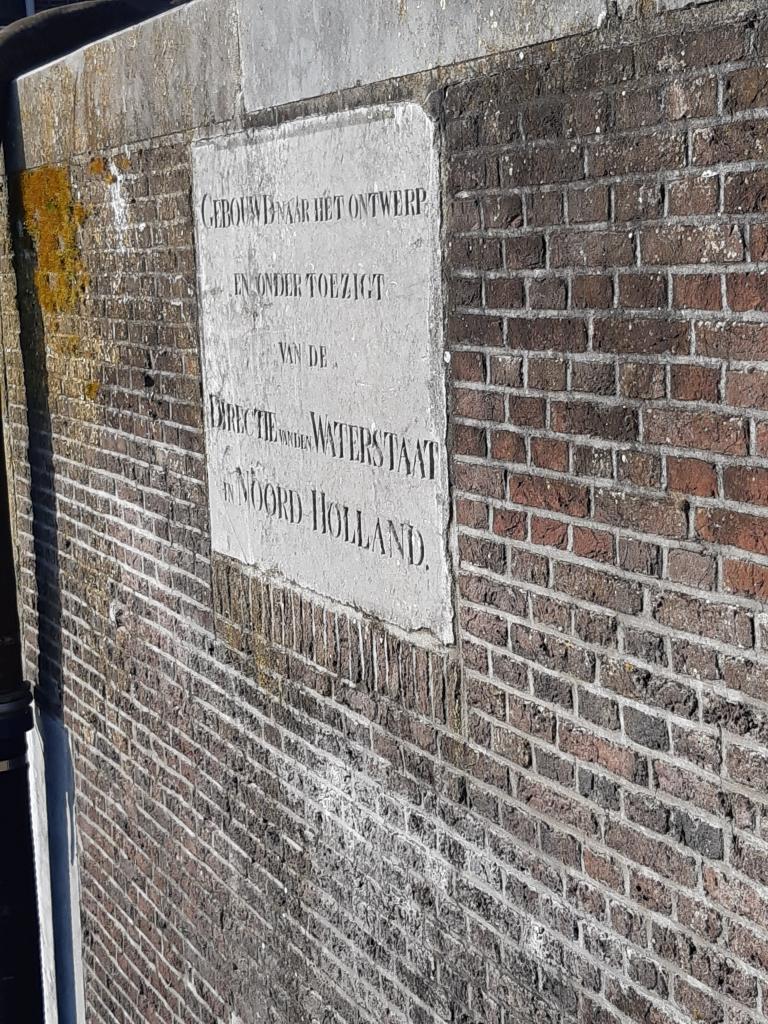
New doors for the lock
In 2017, the Sass Lock no longer met current safety requirements. During a superstorm with high water (half a meter above sea level), there was no certainty that the lock could sufficiently hold back the water. It therefore had to be improved. In 2020, the lock was put dry so it could be inspected for its structural condition and its exact dimensions determined. As a result, it was decided to fit the lock with two new sets of wooden lock doors (10,000 kg each). These doors are placed at the inner head (north side) and close automatically at high water. This is done via capstans on the lock wall. The old flood doors in the outer head have been hoisted out of the lock and have been serviced.
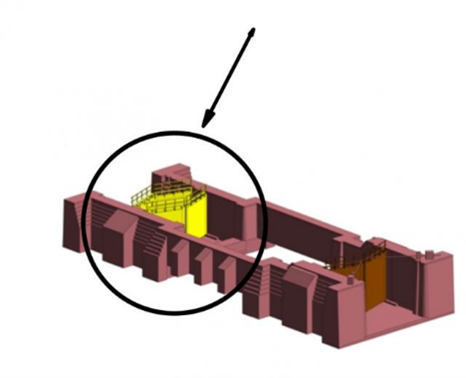
The solid hardwood lock doors were (partly) made to measure by hand in Kampen. The doors were then transported by water to Enkhuizen.
The two faulty slides in the lock's bypass sewer also had to be repaired. The bypass sewer used to allow the lock chamber to be filled to the desired water level to bridge the difference. However, the gates in the bypass sewers no longer closed properly and outside water continued to flow into the lock. In addition, the grouting, masonry and natural stone were refurbished in many areas. The work was completed on April 1, 2022, just in time for the boating season.
Surroundings Sassluis
Right next to the lock on the west side is the Drommedaris. This was the original entrance gate to the city. The building was erected as a defensive structure at the entrance to the Old Port. Next to the lock has been the storage for bulkhead beams since 1996. By lowering stacked bulkhead beams into a slot in the gully, the lock can be closed. Also located there is the State Thimometer House. This house was placed in 1880 by the Department of Public Works. In it, water levels in the Zuiderzee could be measured with a self-registering gauge.
